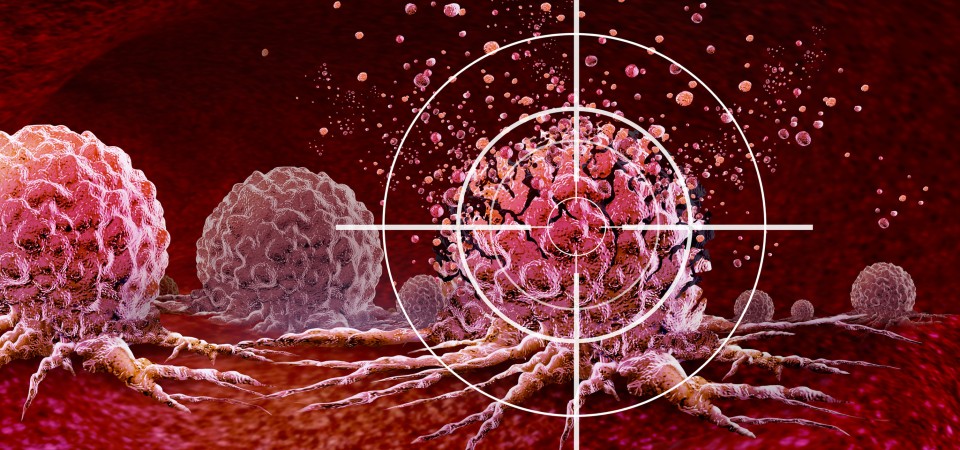But a new technique researchers are developing, which uses narrow X-ray beams, could offer a promising alternative method for treating cancer. The therapy could potentially be just as effective as conventional radiotherapy – and with fewer complications. It’s known as microbeam radiation therapy.
Microbeams were initially studied in the 1960s to examine cosmic radiation. But it was not until the 1980s that their potential for treating cancer was explored. Although research into microbeam therapy has only so far been conducted in preclinical models, these studies have shown it to be a very successful technique for treating a variety of cancers – and with many advantages over radiotherapy as it is.
With conventional radiotherapy, the radiation is spread broadly across the tumour in order to kill the cancerous tissue. But this also means more chances to damage some of the healthy, surrounding tissue – with more adverse symptoms.
Microbeam radiation therapy uses extremely narrow beams (even narrower than a human hair) that are closely spaced together. These high-intensity x-ray beams are delivered in very short bursts – just a fraction of a second. This leads to alternating zones of high radiation (“peaks”) and low radiation (“valleys”) – much like the teeth of a comb. Although the microbeams still inevitably affect the normal tissues, they don’t cause as much damage as broad radiotherapy beams.
The design of microbeam radiation therapy is based on the “dose-volume effect”. This shows that reducing the volume of tissue exposed to radiation increases the nearby, normal tissue’s tolerance to damage. But tumour tissues are still affected as they’re less able to repair damage compared to normal ones.
The quick delivery of this treatment is essential, as even small body movements – such as breathing or a heartbeat – can blur this precise pattern, reducing its ability to spare healthy tissue.
Effects of microbeams
Preclinical studies on animals have shown that microbeam radiation therapy can significantly slow cancer growth by limiting the tumour’s ability to repair damage quickly. Healthy, nearby tissues were still able to repair themselves after microbeam exposure.
Animal studies have also shown microbeam radiation therapy to be effective in treating a range of tumours – including tumours in the central nervous system, breast and skin. Due to the central nervous system’s high tolerance to microbeams, the therapy has also been tested as a tool to reduce brain over-activity in treating neurological conditions – such as epilepsy.
Continues…

For the full article by Dr Jenny Spiga visit the Conversation.
ENDS
